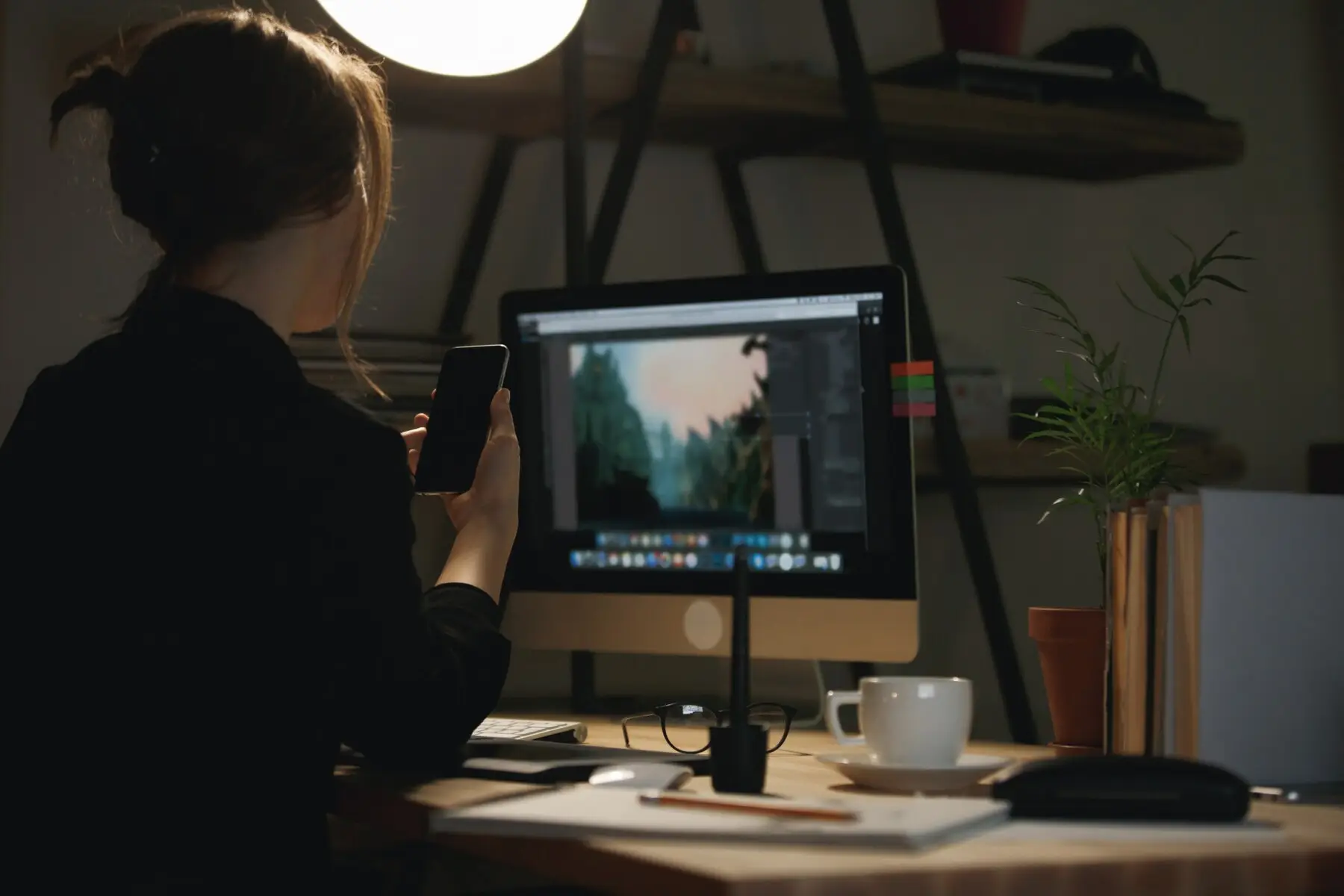Photography is more than just capturing a moment—it’s about creating a feeling, telling a story, and engaging the audience. While your camera is your tool to capture the shot, photo editing allows you to sculpt that raw image into an expression of your artistic vision. Whether you’re a photographer experimenting with different techniques or a creative professional eager to refine your style, understanding photo editing styles can take your work to new heights.
This blog will guide you through the world of professional creative photo editing styles, demonstrate how photo editing enriches various genres of photography, and provide actionable tips to help you find your unique artistic voice. For those seeking additional support, we’ll highlight why many professionals choose to outsource photo editing to streamline their workflow while retaining artistic integrity.
Why Photo Editing is Essential for Expressing Your Vision
Photo editing bridges the gap between what your camera captures and how you want your audience to perceive it. It allows you to emphasize details, alter tones, or create new moods. But editing isn’t just about correcting exposure or enhancing sharpness—it’s a creative playground where you refine your voice as an artist. Tools like Adobe Photoshop, Lightroom, and Capture One provide photographers with immense control to manipulate colors, textures, and light.
Without editing, your creative options may feel limited. A dull sunset can be transformed into a vibrant tapestry of colors, while a portrait can gain new depth with just a few brush adjustments. For many professionals, editing is as much a part of the storytelling process as framing the shot.
Popular Creative Photo Editing Styles Used by Professionals
Certain editing styles stand out when you scroll through social media or art exhibits. Professional photographers have harnessed these approaches to add distinct character to their images. Here are some widely recognized styles:
1. Minimalist Editing
Less is more. Minimalist editing thrives on subtle tweaks—soft light, desaturated colors, and clean, uncluttered compositions. This style celebrates simplicity, often giving an ethereal and timeless feel.
When to use it: Ideal for product photography, architecture, or when you want to highlight clean lines and geometry.
2. Moody and Desaturated
This style leans into cool tones, muted colors, and high contrast, often evoking feelings of nostalgia or introspection. Moody editing styles are immensely popular for their cinematic look in wedding and portrait photography.
Pro Tip: Experiment with soft greens, dark shadows, and tweaking highlights to create depth.
3. Vivid and Vibrant
Full of energy, vivid editing brings saturated colors, bright imagery, and sharp focus. This style is perfect for travel, food, or lifestyle photography where punchy colors can evoke joy and enthusiasm.
Pro Tip: Use Vibrance and Saturation sliders in moderation to prevent oversaturation.
4. Black and White Mastery
Timeless and evocative, black-and-white photography relies heavily on contrasts, textures, and the interplay of light and shadows. It strips away color distractions, focusing more on mood and texture.
When to use it: Excellent for portraits and street photography to convey emotion and timelessness.
5. Retro Film Look
Recreating the vintage aesthetics of film cameras, this style often involves grain, muted colors, and faded highlights. It adds a nostalgic feel reminiscent of the analog era.
Tools to use: Presets like VSCO or tools in Lightroom offer instant retro-inspired adjustments.
6. Surreal Manipulation
For the bold and experimental, surreal photo manipulation pushes beyond reality by blending multiple images, adding elements, or heavily altering colors. This highly conceptual style is perfect for fine art photography or advertising.
When to use it: When you want your work to stand out by bending perceptions of reality.
Editing Across Photography Genres
Photo editing can take on a different role depending on the genre. Here’s how editing techniques are applied across various photography styles:
Wedding Photography
Wedding photographers often rely on warm tones, moody editing styles, or soft filters to craft romantic, timeless visuals. Detailed retouching ensures that skin tones look natural while preserving the integrity of moments.
Landscape Photography
Photographers enhance natural beauty by adjusting tones, sharpening textures, and amplifying colors. Time-lapse shots often get fixes in post-production to smooth exposure.
Portrait Photography
Skin retouching and color grading dominate this genre, with techniques like frequency separation or dodge-and-burn to create fine details while maintaining natural skin textures.
Advertising and Product Photography
Precision is everything. Clean backgrounds, polished products, and vibrant details all come to life through meticulous editing techniques that cater to branding needs.
How to Define Your Editing Style
Your editing style is an extension of your artistic identity. Here’s how you can develop it:
- Experiment with Different Styles
Test out presets or replicate popular looks, but don’t stop there—explore manual adjustments to make them your own.
- Study Inspiration
Analyze photographers whose editing styles you admire. What makes their work distinct?
- Build a Customized Workflow
Find tools or shortcuts that streamline your process. Maybe you prefer Lightroom for culling photos and Photoshop for advanced editing. Explore batch editing to save time.
- Seek Feedback
Share your work with peers and invite constructive criticism. Fresh perspectives can offer clarity or push you to refine certain elements.
- Know When to Outsource
If you find that hours of editing are holding you back from growing your business, consider outsourcing photo editing. Companies specializing in editing can polish your work to match your artistic direction efficiently.
The Future of Photo Editing and Trends to Watch
The field of photo editing continues to evolve with technology and innovation. Here’s what to keep an eye on:
- AI Assistance
Editing software like Luminar AI is already integrating artificial intelligence to automate many adjustments, making the process faster and more intuitive.
- Augmented Reality (AR) Features
Combining AR and editing will pave the way for experiential art creation.
- Sustainability Trends in Photography
With a global emphasis on waste reduction, more photographers are exploring vintage camera aesthetics via digital tools rather than traditional film.
- Mobile Editing Growth
On-the-go editing solutions continue to improve, making professional-grade adjustments available on devices like smartphones.
Share Your Vision With the World
Creative photo editing is where technical skills and artistic vision collide. It allows photographers and artists to transform ordinary shots into unforgettable pieces of art. Whether you’re just beginning or you’ve been experimenting for years, there’s a wealth of tools, techniques, and styles to explore.
Want to focus more on capturing great moments and less on editing? Don’t hesitate to outsource photo editing to trusted professionals who can bring your vision to life while you save time for other priorities.
What’s your signature editing style? Share your creative editing journeys in the comments below!





